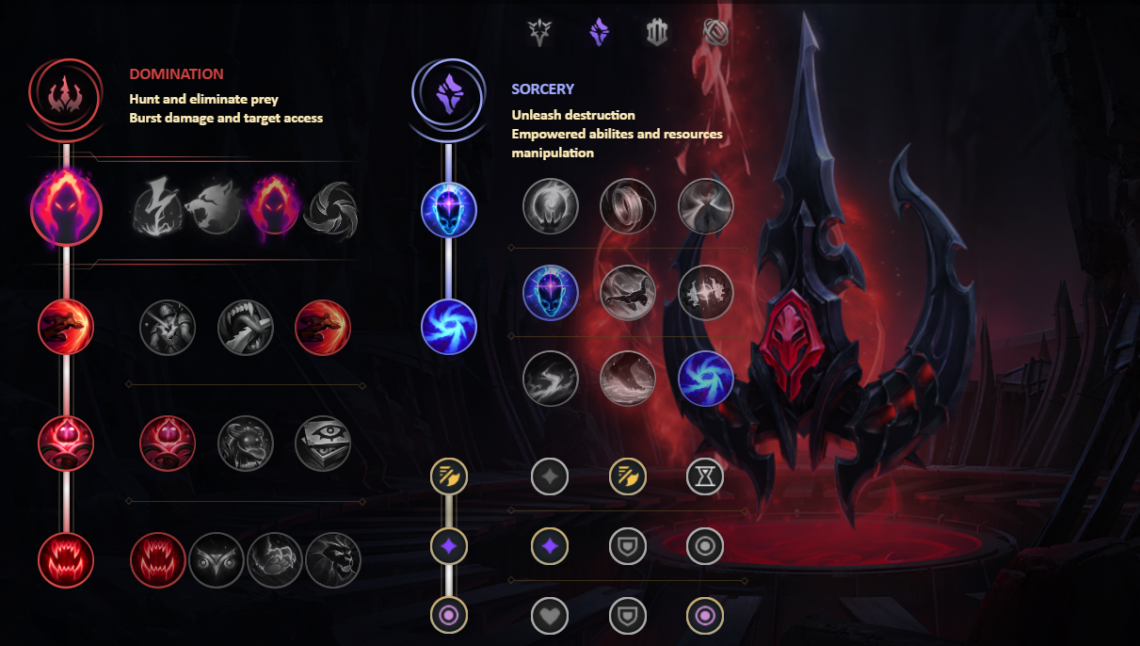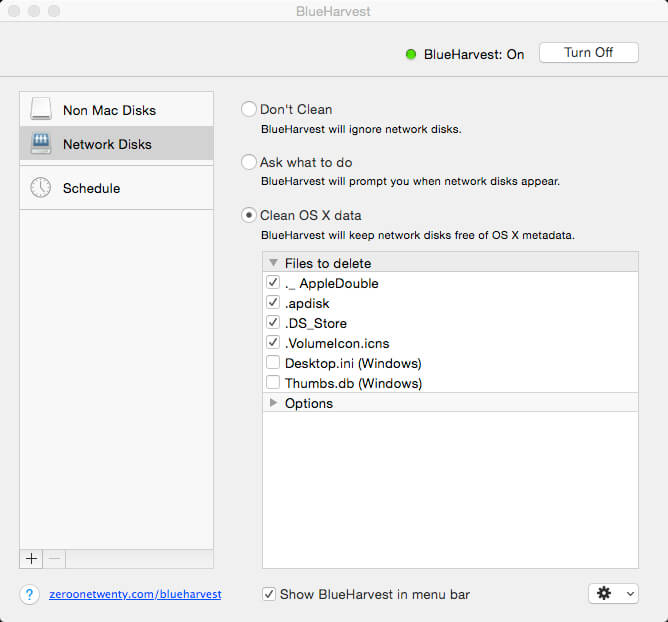

No record survives of any serious disagreement or conflict between the two during the period of Blake's apprenticeship, but Peter Ackroyd's biography notes that Blake later added Basire's name to a list of artistic adversaries and then crossed it out.
BLUEHARVEST 7.3 PROFESSIONAL
At the end of the term, aged 21, he became a professional engraver. On 4 August 1772, Blake was apprenticed to engraver James Basire of Great Queen Street, at the sum of £52.10, for a term of seven years.
BLUEHARVEST 7.3 SERIES
The Song of Los is the third in a series of illuminated books painted by Blake and his wife, collectively known as the Continental Prophecies. Here, the demiurgic figure Urizen prays before the world he has forged. During this period, Blake made explorations into poetry his early work displays knowledge of Ben Jonson, Edmund Spenser, and the Psalms.Īpprenticeship The archetype of the Creator is a familiar image in Blake's work.

He read avidly on subjects of his own choosing. When William was ten years old, his parents knew enough of his headstrong temperament that he was not sent to school but instead enrolled in drawing classes at Henry Pars' drawing school in the Strand. The number of prints and bound books that James and Catherine were able to purchase for young William suggests that the Blakes enjoyed, at least for a time, a comfortable wealth. Within these drawings Blake found his first exposure to classical forms through the work of Raphael, Michelangelo, Maarten van Heemskerck and Albrecht Dürer. Blake's childhood, according to him, included mystical religious experiences such as "beholding God's face pressed against his window, seeing angels among the haystacks, and being visited by the Old Testament prophet Ezekiel." īlake started engraving copies of drawings of Greek antiquities purchased for him by his father, a practice that was preferred to actual drawing. The Bible was an early and profound influence on Blake, and remained a source of inspiration throughout his life. Even though the Blakes were English Dissenters, William was baptised on 11 December at St James's Church, Piccadilly, London. He attended school only long enough to learn reading and writing, leaving at the age of ten, and was otherwise educated at home by his mother Catherine Blake ( née Wright). Blake's father, James, was a hosier, who had lived in London. He was the third of seven children, two of whom died in infancy. William Blake was born on 28 November 1757 at 28 Broad Street (now Broadwick St.) in Soho, London. Blake was born here and lived here until he was 25. Early life 28 Broad Street (now Broadwick Street) in an illustration of 1912. The 19th-century scholar William Michael Rossetti characterised him as a "glorious luminary", and "a man not forestalled by predecessors, nor to be classed with contemporaries, nor to be replaced by known or readily surmisable successors". Despite these known influences, the singularity of Blake's work makes him difficult to classify.

Though later he rejected many of these political beliefs, he maintained an amiable relationship with the political activist Thomas Paine he was also influenced by thinkers such as Emanuel Swedenborg. A committed Christian who was hostile to the Church of England (indeed, to almost all forms of organised religion), Blake was influenced by the ideals and ambitions of the French and American revolutions. In fact, he has been said to be "a key early proponent of both Romanticism and Nationalism". His paintings and poetry have been characterised as part of the Romantic movement and as "Pre-Romantic". Īlthough Blake was considered mad by contemporaries for his idiosyncratic views, he came to be highly regarded by later critics and readers for his expressiveness and creativity, and for the philosophical and mystical undercurrents within his work. While he lived in London his entire life, except for three years spent in Felpham, he produced a diverse and symbolically rich collection of works, which embraced the imagination as "the body of God" or "human existence itself". In 2002, Blake was placed at number 38 in the BBC's poll of the 100 Greatest Britons. His visual artistry led 21st-century critic Jonathan Jones to proclaim him "far and away the greatest artist Britain has ever produced". What he called his " prophetic works" were said by 20th-century critic Northrop Frye to form "what is in proportion to its merits the least read body of poetry in the English language". Largely unrecognised during his life, Blake is now considered a seminal figure in the history of the poetry and visual art of the Romantic Age. William Blake (28 November 1757 – 12 August 1827) was an English poet, painter, and printmaker.


 0 kommentar(er)
0 kommentar(er)
